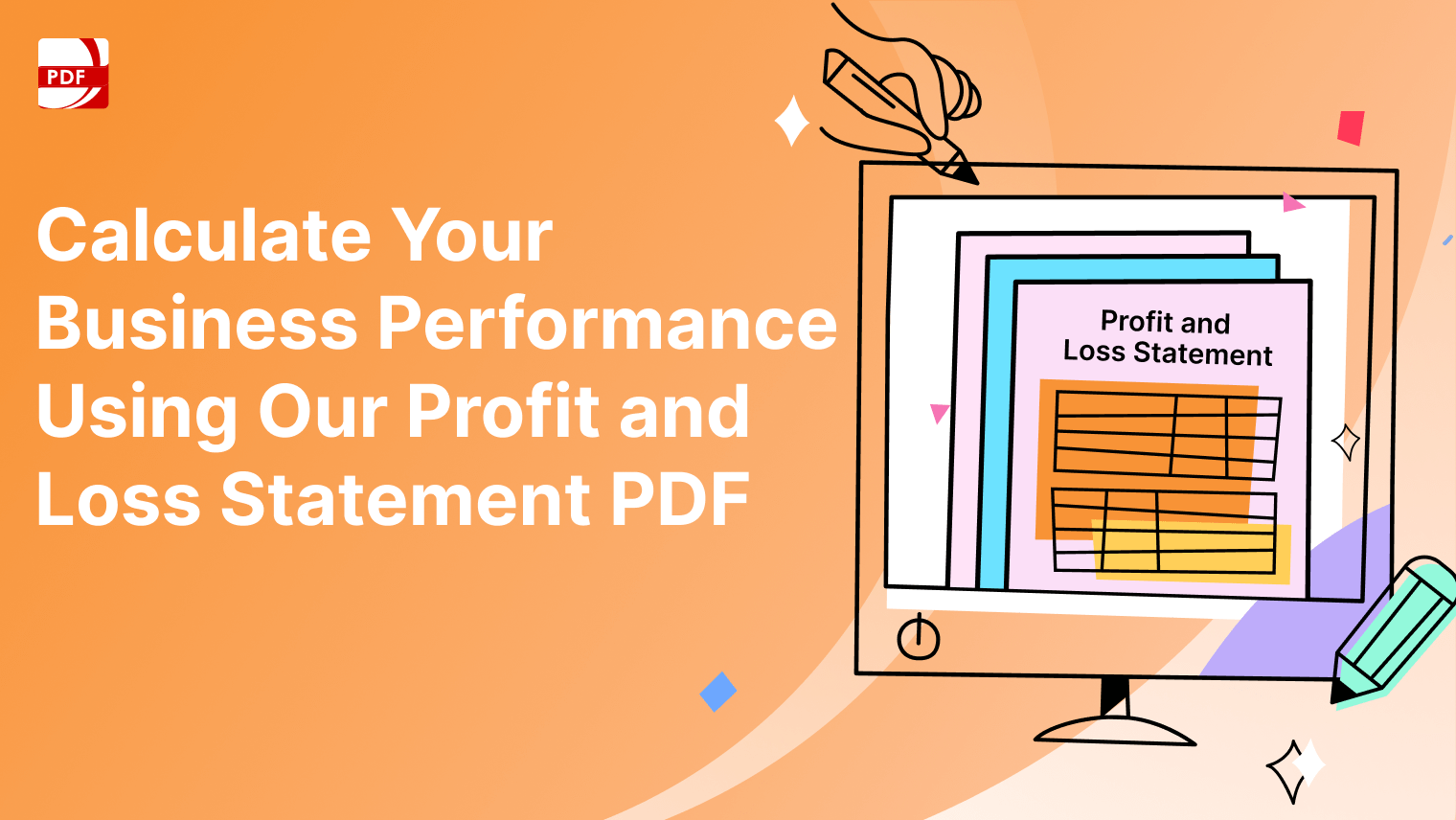In any organization, clarity and direction are essential for successful project execution.
Whether you're managing a small team or a large workforce, outlining the scope of work (SOW) is crucial to ensure everyone understands their roles, responsibilities, and the objectives they need to achieve.
To simplify this process, we've crafted a comprehensive scope of work example that you can adapt to your specific needs.
Why Use a Scope of Work?
The scope of work defines the boundaries of a project, detailing what needs to be accomplished. Using a well-defined scope of work offers several benefits:
- Clarity: It clearly outlines project objectives, deliverables, and timelines, ensuring everyone is on the same page.
- Accountability: Assigns specific responsibilities to team members, fostering accountability and ownership.
- Budget Control: Helps manage project costs by outlining resources and constraints upfront.
- Risk Management: Identifies potential risks and constraints early on, allowing for proactive mitigation strategies.
- Client Expectations: Communicates project details effectively to clients or stakeholders, aligning expectations from the outset.
Our Scope of Work Example
To facilitate seamless project planning and execution, we've developed a sample scope of work template. Here's a glimpse into its structure and key components:
- Project Overview: Provides a brief description of the project's purpose, goals, and stakeholders involved.
- Scope Description: Defines the boundaries of the project, including what is included (in-scope) and excluded (out-of-scope).
- Deliverables: Lists specific deliverables expected from the project, along with acceptance criteria.
- Timeline: Outlines key milestones and deadlines for each deliverable or phase of the project.
- Roles and Responsibilities: Clearly defines who is responsible for what tasks and roles within the project team.
- Resources Required: Identifies necessary resources such as personnel, equipment, and materials.
- Budget: Provides an overview of the project's budget allocation and any financial constraints.
How to Use Our Example
Achieve your project milestones by setting out the project deliverables in your document using our reader.
Step 1: Download the Template
Access our scope of work example by clicking the download button below:
Step 2: Customize It
Tailor the template to fit your project requirements, ensuring all details are accurate and relevant. You can use the latest version of PDF Reader Pro to do so:
Step 3: Review with Team
Share the finalized scope of work with your team members, ensuring project managers and other employees understand their roles or responsibilities.
Step 4: Update as Needed
Periodically review and update the scope of work as the project progresses or changes occur.
Other Helpful Documents
On the way to creating a project plan, you may find some other documents (such as those that help with time management) useful.
|
Document Type |
Description |
|---|---|
| Project Charter |
Provides an overview of the project's objectives, stakeholders, and high-level scope, serving as a formal authorization for the project to commence. |
| Work Breakdown Structure (WBS) |
Hierarchical decomposition of the project deliverables into smaller, manageable tasks, with assigned responsibilities and timelines. |
| Project Plan |
Detailed roadmap outlining project milestones, schedules, resources, and dependencies required for successful project completion. |
| Risk Management Plan |
Identifies potential risks to the project, their impacts, and mitigation strategies to minimize their occurrence or impact on project objectives. |
| Communication Plan |
Defines how project information will be communicated to stakeholders, including frequency, methods, and responsible parties. |
| Change Management Plan |
Procedures for managing changes to the project scope, schedule, and budget, ensuring changes are evaluated, approved, and implemented effectively. |
| Quality Management Plan |
Outlines processes and standards for ensuring project deliverables meet quality requirements and expectations. |
| Procurement Plan |
Details procurement needs, processes for acquiring goods and services, and vendor selection criteria if applicable to the project. |
| Training Plan |
Specifies training needs for team members to acquire necessary skills and knowledge to successfully execute project tasks. |
| Closure Report |
Summarizes the project's outcomes, lessons learned, and recommendations for future projects, providing closure and insights for stakeholders. |
| Performance Report |
Documents project performance against established metrics, highlighting achievements, challenges, and areas for improvement. |
| Meeting Minutes |
Records discussions, decisions, and action items from project meetings, ensuring alignment and accountability among team members. |
| Approval Documentation |
Records approvals and sign-offs from stakeholders at key project milestones or for changes to the project scope or budget. |
| Legal Contracts and Agreements |
Includes contracts with vendors, consultants, or subcontractors, detailing terms, deliverables, and responsibilities to ensure legal compliance and protection. |
Effectively briefing your employees with a detailed scope of work is key to project success.
It provides a structured framework that aligns everyone's efforts towards achieving common goals while minimizing risks and maximizing efficiency.



